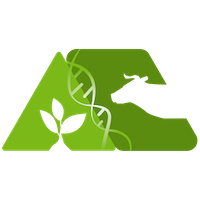Response of Fattening Pigs to Diets with Whole Beans Handmade Deactivated
DOI:
https://doi.org/10.31285/AGRO.26.1108Keywords:
swine nutrition, soybeans deactivation methods, carcass quality, lipid profileAbstract
The response of pigs receiving handmade deactivated soybean in isoenergetic and isonitrogenous corn-based diets was evaluated. Twenty-eight barrows between 40 and 105 kg live weight were assigned to four treatments varying supplemental protein: T1: soybean meal, T2: cooked soybean, T3: roasted soybean, T4: raw soybean. Daily intake (CD) and total intake (CT) of food, daily weight gain (GP), feed conversion index (IC), dressing percentage (R), carcass lenght (L), backfat thickness (GD) and lipid profile of the fat (PL) were evaluated. T4 animals had lower CD (P≤0.01) but no differences in CT. The GP was higher (P≤0.01) for T1, with no difference between T2 and T3, and less for T4. T1 had better IC than T4 (P≤0.01) and T2 and T3 (P≤ 0.05), while T4 was lower (P≤0.01). No differences were observed for R or GD; while L was higher (P≤0.01) for T1. Differences in PL, with higher content of PUFA and oleic, linoleic, linolenic in the treatments including whole soybean (P≤0.01) were observed. We concluded that the treatments used to deactive soybeans improved their nutritional value, although the results of the control diet were not achieved. Carcass from diets with whole soybeans have less industrial value, but better nutritional value for fresh consumption than those based on soybean meal.
Downloads

Downloads
Published
How to Cite
Issue
Section
License
Copyright (c) 2022 Agrociencia Uruguay

This work is licensed under a Creative Commons Attribution 4.0 International License.
| Article metrics | |
|---|---|
| Abstract views | |
| Galley vies | |
| PDF Views | |
| HTML views | |
| Other views | |

















